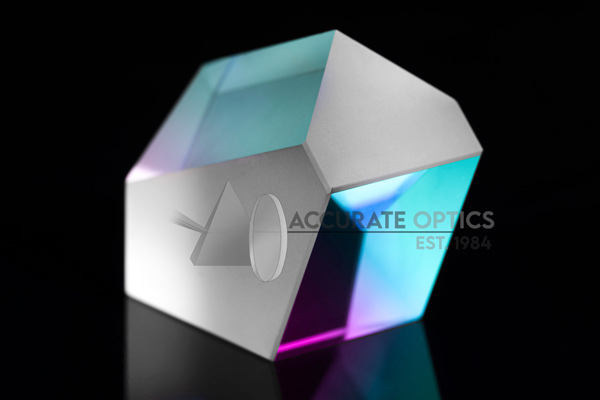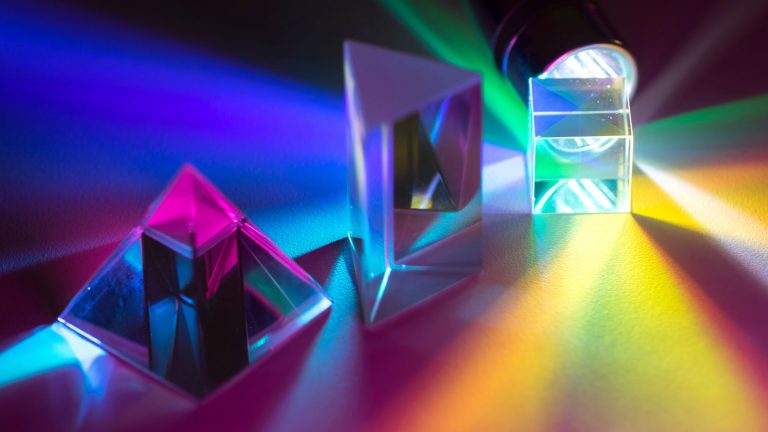How Does A Double Convex Lens Work?
The world of optics is filled with wonders and complexities, and one of its most essential components is the double convex lens. From magnifying glasses to camera lenses, these lenses are ubiquitous in our daily lives. But have you ever wondered how a double convex lens works its optical magic? In this blog post, we’ll unravel the science behind this fascinating piece of glass, exploring its structure, principles, and the various applications that rely on its unique properties.
What Is a Double Convex Lens?
A double convex lens, often simply referred to as a convex lens, is a transparent optical element with two curved surfaces that bulge outward, away from each other. The center of the lens is thicker than its edges, giving it a characteristic shape similar to that of a lentil or a hockey puck. Convex lenses can be made from various materials, including glass and plastic, and are used in a wide range of optical devices.
How Does a Double Convex Lens Work?
The operation of a double convex lens can be understood through the following principles:
1. Refraction: When light passes from one medium (e.g., air) into another medium (e.g., glass), its speed changes, causing it to bend. This bending of light is known as refraction. The extent of refraction depends on the angle at which the light enters the new medium and the refractive index of the materials involved.
2. Convex Shape: The curved surfaces of a double convex lens are designed to bend incoming light rays towards a central point called the focal point. This bending occurs because the outer edges of the lens are thinner, allowing light to pass through them more quickly than through the thicker central portion.
3. Focal Point and Focal Length: The point at which parallel rays of light converge after passing through a double convex lens is known as the focal point. The distance from the lens to the focal point is called the focal length. Convex lenses have two focal points: one on each side of the lens. The focal length depends on the curvature of the lens surfaces and the refractive indices of the lens material and the surrounding medium.
4. Image Formation: Depending on the placement of an object relative to the lens, a double convex lens can form different types of images:
– When an object is placed beyond the focal point on one side of the lens, it forms a real and inverted image on the opposite side.
– If the object is placed between the focal point and the lens, the lens forms a virtual and upright image on the same side as the object.
– When the object is positioned at infinity, the lens forms a real image at the focal point.
Applications of Double Convex Lenses
Double convex lenses find extensive use in various applications, including:
1. Cameras and Photography: Convex lenses are crucial components in camera lenses, helping focus and capture images with precision.
2. Magnifying Glasses: The converging properties of convex lenses make them ideal for magnifying objects, aiding in reading and detailed examination.
3. Telescopes: Convex lenses are used in telescopes to collect and focus light from distant objects, allowing astronomers to observe celestial bodies.
4. Eyeglasses: Convex lenses are utilized in prescription eyeglasses to correct hyperopia (farsightedness).
5. Projectors: Convex lenses help project and magnify images on screens in projectors and overhead projectors.
Where to buy Double Convex Lens?
Accurate Optics offers top-of-the-line double convex lenses that are essential components in various optical systems. These lenses are meticulously crafted for exceptional image quality and light manipulation. Whether you’re designing imaging systems, magnification devices, or educational optics setups, Accurate Optics’ double convex lenses provide precise focal lengths and minimal optical aberrations. With a commitment to quality and precision, Accurate Optics ensures that their double convex lenses meet your exact specifications, helping you achieve superior optical performance in your projects. For reliable and high-quality optical components, choose Accurate Optics’ double convex lenses.
Conclusion:
Double convex lenses are marvels of optical engineering, working tirelessly behind the scenes in numerous devices we use daily. Understanding the basic principles of refraction and image formation associated with these lenses enhances our appreciation of their role in shaping our visual experiences. From helping us see clearly to capturing breathtaking photographs and exploring the cosmos, double convex lenses continue to be indispensable tools in the world of optics.
Important FAQs:
Q1: What is a double convex lens?
A: A double convex lens is a type of lens with two convex (outwardly curved) surfaces.
Q2: How does a double convex lens work?
A: A double convex lens converges parallel rays of light that pass through it, focusing them to a point known as the focal point.
Q3: What are the characteristics of the image formed by a double convex lens?
A: The image formed by a double convex lens can be real or virtual, depending on the placement of the object relative to the focal point. It is inverted and magnified if the object is beyond the focal point, while it is upright and reduced if the object is closer than the focal point.
Q4: What are the common applications of double convex lenses?
A: Double convex lenses are used in optical instruments such as cameras, microscopes, projectors, and eyeglasses for focusing and magnifying images.
Q5: How does the focal length affect the performance of a double convex lens?
A: A shorter focal length results in greater magnification and a shorter distance between the lens and the image. Conversely, a longer focal length produces less magnification and a longer distance between the lens and the image.
Q6: Can a double convex lens produce different types of images?
A: Yes, depending on the position of the object relative to the lens and the focal point, a double convex lens can produce real or virtual, inverted or upright images with varying magnification.
Thank you for exploring our blog on how double convex lenses work. We hope you found the information helpful and informative. If you have any further questions or topics you’d like us to cover, please feel free to reach out. Stay tuned for more insightful content!









One Comment